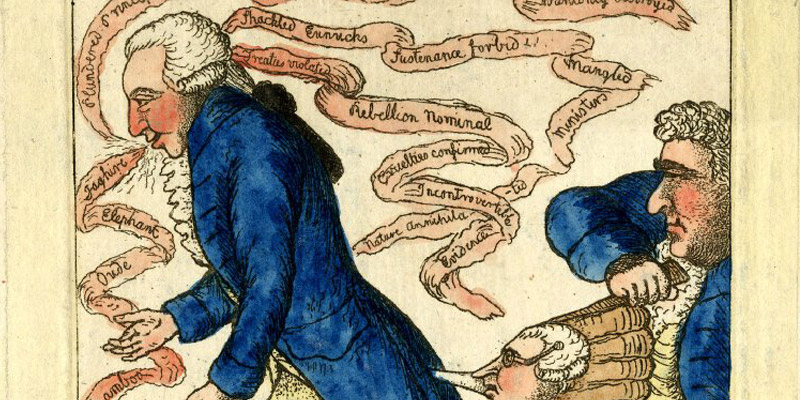Informing the way Parliament understands and presents its own history
-
Case study
- Culture and Communication
We are influencing the debate on restoration and renewal of the Palace of Westminster, while enriching Parliamentary and public understanding of the origins of the House of Commons.

The shape and architecture of St Stephen's Chapel frame so many aspects of how we do our business in the Commons today. We shouldn't be bound by our history, but we should understand it better. This University of York project is enabling us to do just that.
The issue
The restoration and renewal of the Palace of Westminster is the biggest heritage conservation project currently being undertaken in the UK.
Preservation, conservation and modernisation of the Palace is a mammoth task. It is important that those responsible for the Parliamentary Buildings (Restoration and Renewal) Bill fully understand the history and architecture of the Palace and its role in shaping modern politics.
The research
We worked in partnership with Parliament and the History of Parliament Trust to uncover a comprehensive history of St Stephen’s Chapel in the Palace of Westminster and its role in shaping the modern UK Parliament.
Our interdisciplinary research demonstrated:
- The transformation of the medieval royal chapel of St Stephen to become the first permanent House of Commons from 1548.
- The influence of St Stephen’s Chapel on the development of British political culture between 1548 and 1834, including practices of debate and voting and the identity of MPs.
- How the recreation of a ‘Tudor Gothic’ Commons chamber in the post-1834 Palace of Westminster fixed key aspects of British political culture to the present day, influencing legislatures around the world from South Africa to Singapore.
- How women accessed and experienced politics via the ventilator space in the pre-1834 House of Commons.
- The architectural, social and cultural legacy of former St Stephen’s buildings within the parliamentary estate including the Cloister, St Mary Undercroft chapel, and St Stephen’s Hall.
We undertook extensive historical research in manuscripts held at The National Archives, British Library and Parliamentary Archives, supplemented by visual and material evidence in the Parliamentary Art Collection, British Museum, Soane Museum and Society of Antiquaries of London, integrating the expertise of the Departments of History and History of Art at York.
Our research was tested in a series of virtual reconstructions of St Stephen’s Chapel throughout its history, modelled by digital archaeologists at the Centre for the Study of Christianity and Culture to evaluate evidence and resolve problems in historical sources.
The outcome
We presented our findings to parliamentarians and disseminated the conclusions to conservation architects, archaeologists and staff at the Houses of Parliament. This influenced the approach to planning the Parliamentary Buildings (Restoration and Renewal) Bill for the Palace of Westminster.
The Commons Speaker granted us permission to recreate historic debates in the modern House of Commons chamber to test the acoustics of the space; using Members and parliamentary staff as speakers and backbenchers.
Our research has changed the way Parliament tells its own history to the public. The research findings have been key for briefing Palace tour guides and creating content for Parliament’s Living Heritage web pages and events.
Our recreations of historic sound were enjoyed by 107,000 visitors at the 2018 Voice and Vote exhibition in Westminster Hall. Visitors to the Houses of Parliament have engaged with our touch-screen displays reconstructing St Stephen’s Chapel and the historic House of Commons.
Our findings have also influenced how the public receive the history of the Palace of Westminster through the media. A BBC Radio 3 interview with the project's Principal Investigator resulted in enquiries about the pre-Reformation music of St Stephen’s. The publicity surrounding the project then led to requests for information from the production teams of BBC TV series Gunpowder and Poldark.

John Cooper
Dr Cooper's research focuses on the political, religious and cultural history of 16th-century England with interests also in the history of early colonial America and Ireland. He writes for the Times Literary Supplement and gives regular public lectures.
